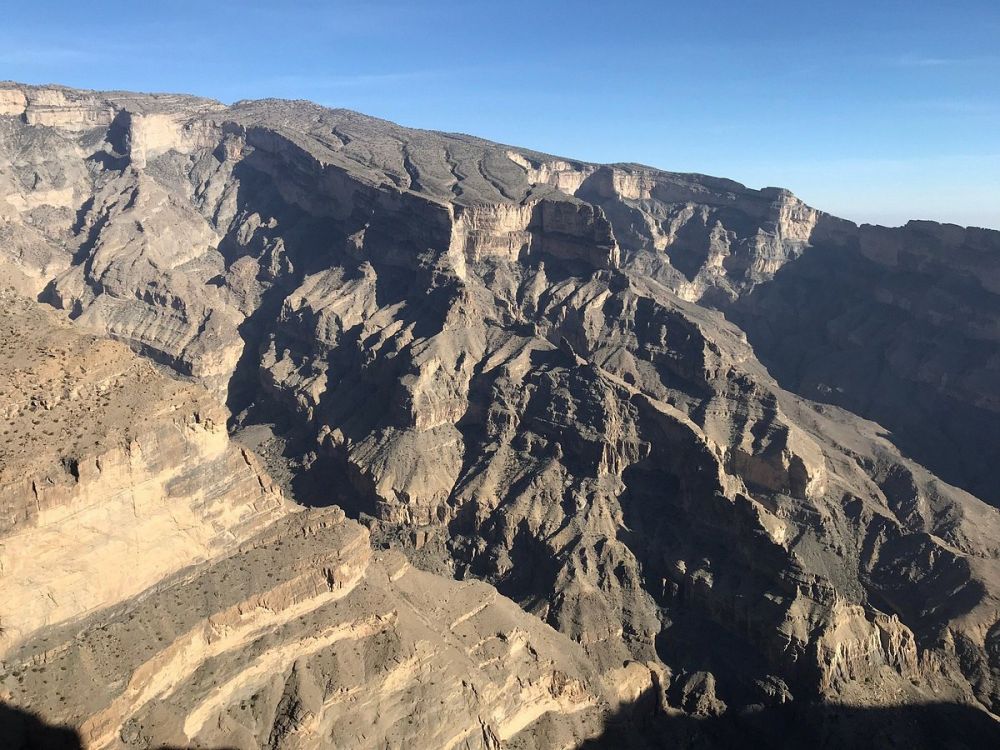

The Sultanate of Oman, with its diverse landscapes and rich cultural heritage, has gradually emerged as a promising destination on the global tourism map. Of particular interest to travelers is the ancient city of Nizwa, known as the 'Pearl of Islam', and the awe-inspiring Wadi Ghul, often referred to as the 'Grand Canyon of Arabia'.
Nizwa has historically been a center of education, religion, trade, and artistry, which laid the foundation for its touristic allure. The city's forts and castles, along with the iconic Nizwa Souq, have long attracted visitors interested in the authentic Omani culture. The journey of formal tourism began in the earl- to mid-20th century, as intrepid explorers and academics ventured into the region to unearth its historical significance.
Adjacent to Nizwa, Wadi Ghul has captivated visitors with its dramatic landscapes and the nearby Jebel Shams — Oman's highest peak. The area's relative obscurity began to wane in the late 20th century as adventurers and nature enthusiasts sought out its rugged beauty and tranquil isolation, putting Wadi Ghul on the map for intrepid tourism.
In recent years, Oman has invested considerably in its tourism sector, mindful of its potential to contribute to the nation's economy. The trend has seen a shift from merely sightseeing to immersive experiences, with an emphasis on sustainability and local engagement. This renewed approach is exemplified in destinations like Nizwa and Wadi Ghul, where ecotourism and cultural tourism are flourishing.
Wadi Ghul, in particular, has benefited from this shift, with increased popularity in hiking, trekking, and canyoning. Nizwa, on the other hand, integrates its cultural heritage with eco-tourism through responsible travel practices, preservation of historical sites, and promotion of local handicrafts and gastronomy.
Nizwa holds regular cultural events and festivals, such as the celebrated Nizwa Festival of Islamic Culture, which showcases the city's historical significance and its role in shaping the Islamic culture. These events serve as a significant crowd-puller and play a vital role in the growth of tourism in the region.
The future looks promising for tourism in Wadi Ghul and Nizwa as the Omani government continues to recognize the potential of these areas. With the strategic development of infrastructure and services, while ensuring the preservation of the unique environment and heritage, Nizwa and Wadi Ghul are poised to become even more sought-after destinations for discerning global travelers seeking authenticity and natural beauty.
Both Wadi Ghul and Nizwa embody the essence of Oman's diverse appeal as a tourist destination. Their unique combination of natural wonders, historical intrigue, and cultural depth ensures that they will remain integral in the unfolding story of Oman's growing tourism industry.